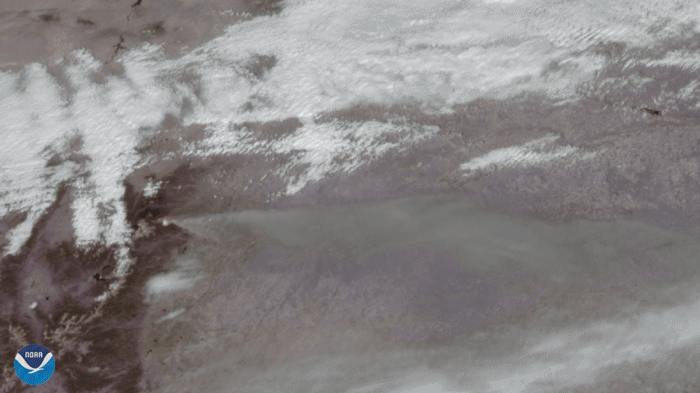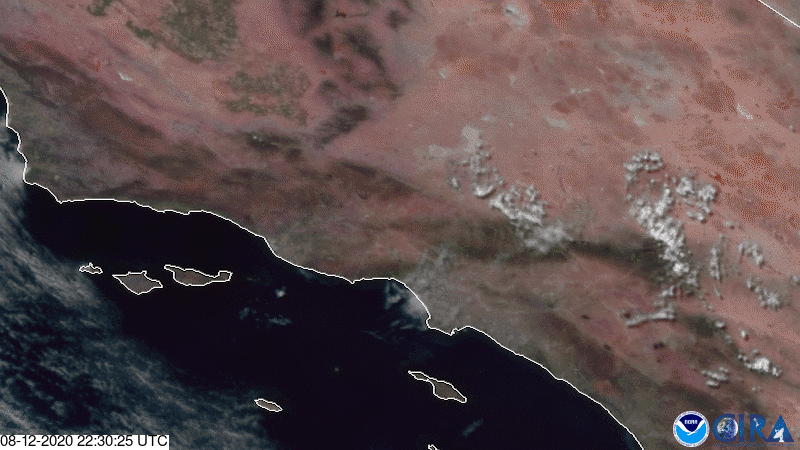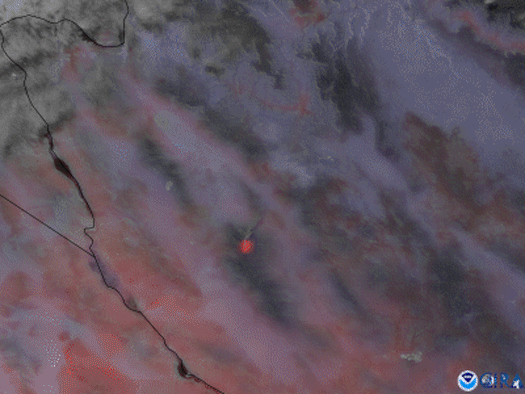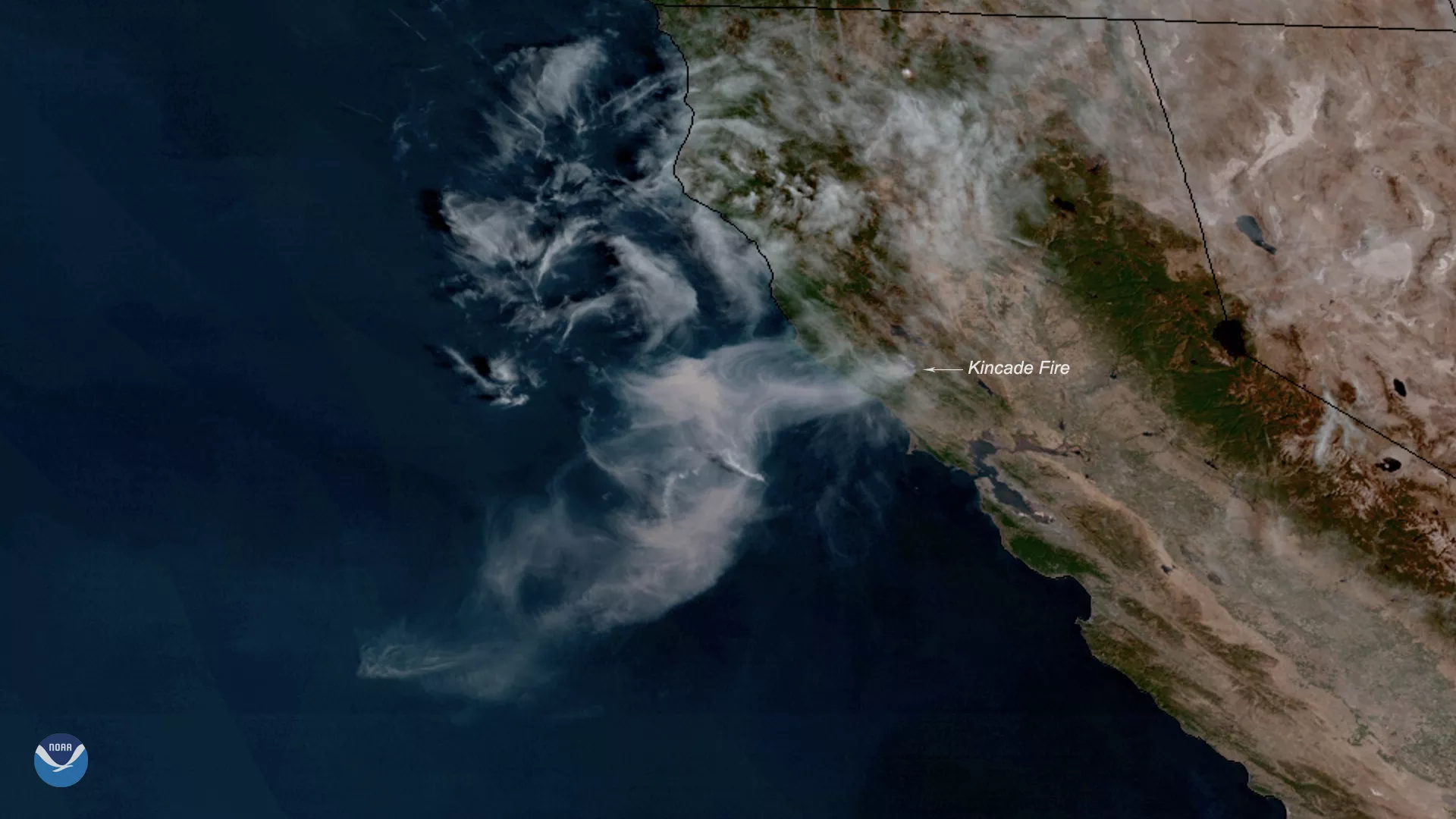Fires, whether naturally occurring or manmade, can substantially impact society. They can consume vast tracts of land, release tons of aerosols and gases into the atmosphere, as well as destroy homes, wildlife habitats, and valuable resources.
Recording and monitoring fires from ground-based observations is a labor intensive and expensive process that results in an incomplete record. Satellites, however, allow for detecting and monitoring a range of fires, providing information about the location, duration, size, temperature, and power output of those fires that would otherwise be unavailable.
NOAA uses geostationary and polar-orbiting satellites to do this. Geostationary satellites, such as NOAA’s GOES-R series, orbit above a fixed area as the Earth rotates, allowing us to watch those areas constantly, in near real-time. Polar-orbiting satellites, such as NOAA-20 and Suomi NPP, orbit closer to the Earth and provide more detailed views of an area at a higher resolution twice a day. The information they collect allows us to not only track the spread of fires, but provides input data for air quality modeling, and helps separate the impact of fires from other sources of pollution.
Not only does satellite imagery allow us to see where smoke plumes from fires are, but it also allows us to see how a fire is growing and moving as well as the temperature that it is burning. Satellite imagery also can show us burn scars, areas that have been burned by fire. This information is vital to make risk assessments and for decision makers.
More Articles on Fire
-
As wildfires become more frequent and severe, accurate forecasting is essential for saving lives,…
-
Roughly 100 wildfires are raging out of control across the western United States and hundreds more…
-
The 2023/2024 winter season was the warmest on record for Canada and continuing drought conditions…



